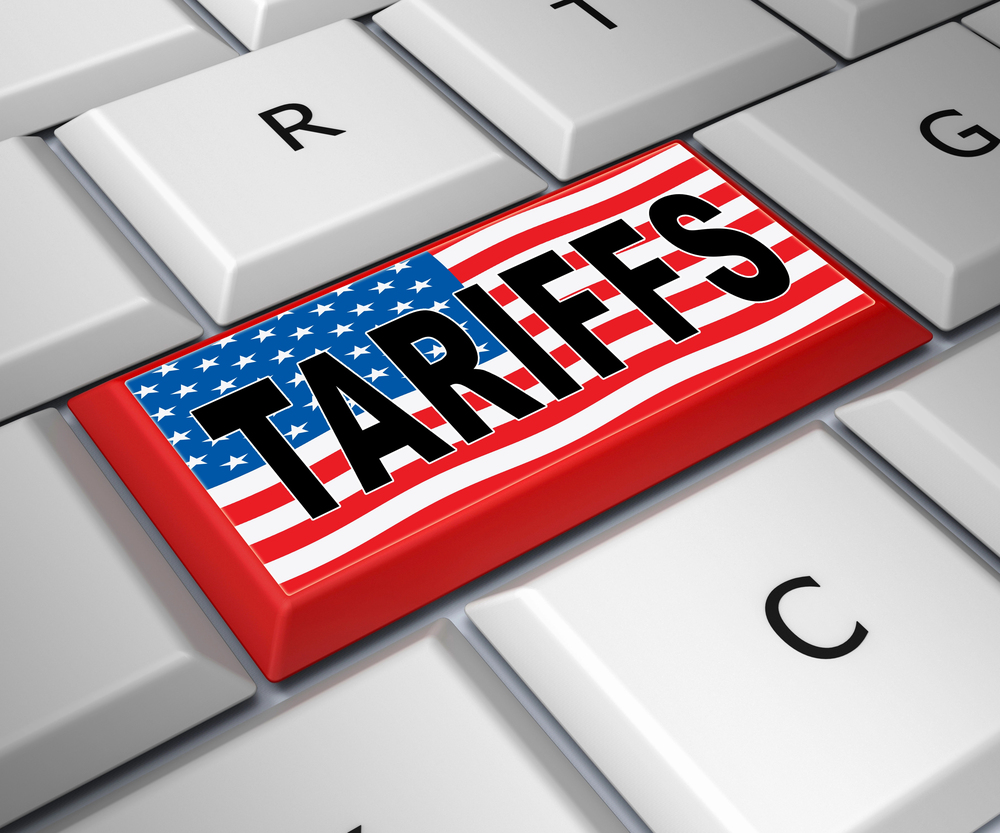The effects that Trump’s tariffs will have on car prices
Valerie Raskovic
Apr 08, 2025
The implementation of tariffs on goods coming from foreign countries by the Trump administration has had far-reaching effects on various sectors of the U.S. economy, including the automotive industry. These tariffs, target the materials such as steel, aluminum, as well as a lot of various vehicle components found in foreign and domestic vehicles. It is projected that these tariffs will have a devastating effect on the auto industry as a whole. To fully understand the gravity of this unprecedented change in US foreign relations we want to outline some details as well as the changes.
Defining Tariffs
Tariffs are taxes imposed on imported goods, designed to protect domestic industries by making foreign products more expensive. The Trump administration introduced several significant tariffs, including a 25% tariff on steel and a 10% tariff on aluminum in 2018. Additionally, there were discussions and threats of tariffs on imported vehicles and auto parts which, although not fully implemented, created uncertainty and impacted market dynamics.
Impact on New Car Prices
The question whether Trump’s tariffs will have an impact on new car prices is on everyone’s mind. The simple answer is yes. All automakers including the “Big 3” US brands Ford, Chevrolet and Chrysler/Stellantis all use materials and parts originating outside the US. Tariffs on the most basic building materials such as steel and aluminum will directly increase the costs for automakers. Beyond various crucial electrical components commonly manufactured in Japan and China, almost all of the essential materials in car manufacturing are sourced, processed and manufactured outside the US. The higher costs of these materials will be passed on to consumers in the form of higher prices for new vehicles. For example, the 25% tariff on steel and 10% tariff on aluminum can add thousands of dollars to the cost of producing a single car. As most cars are made up of components sourced from across the globe both domestically produced vehicles and vehicles exported from overseas will increase in price. As far as how much a vehicle is affected will vary greatly based on make and model. Most manufacturers have multiple assembly plants in various locations. For example, the Toyota Sequoia is manufactured in San Antonio Texas while the Toyota Prius is made in Aichi Japan.
In addition, to increasing the prices on cars and car parts, are also disrupting global supply chains. Many automakers rely on a complex network of suppliers for parts and materials and the increased costs and uncertainty have led to delays and higher expenses. This disruption can result in higher production costs, which are ultimately reflected in the prices of new cars. This has the added implication of higher repair bills as the cost of replacement parts continue to increase.
One of the other seldomly explored impacts of Trump’s Tariffs is the impact they will have on innovation within the auto industry. Since most of the innovation is driven by fierce competition it may give some manufacturers an unwarranted advantage essentially abolishing the free market mentality that has pushed manufacturers to improve their offerings year after year. Some imported vehicles and parts can reduce competition in the market regardless of their superior quality, reliability or innovative features. When foreign cars or cars made up of a lot of exported components become more expensive, domestic manufacturers may face less competition, allowing them to raise prices without losing market share. This reduced competition can lead to a more laxed standards for quality and higher prices for consumers.
Impact on Used Car Prices
For those of us in the market for pre-owned vehicles it may be a wise decision to not put off the purchase for much longer as just like new vehicle prices the used car prices are also set to increase. As new cars become less and less affordable a lot of consumers will turn to the used car market as a more affordable alternative. This increased demand for used cars will drive up their prices. When new cars become more expensive, the value of used cars tends to follow, making them less of a bargain than they might have been in the past.
In addition, when new car prices rise, the supply of used cars can decrease as fewer people trade in their vehicles for shiny new ones. Same goes for leased vehicles. When new car prices increase the cost of leasing a new car also goes up leading to few lease returns, further reducing used car supply. This reduced supply, combined with increased demand, will eventually lead to higher prices for used cars.
Case Studies and Examples
There has been countless of case studies done throughout the years showing that increased tariffs on foreign sourced building materials, parts and vehicles does not benefit the US consumer. Here are just two examples based on the numbers disclosed by the biggest US car manufacturers in 2018:
1. General Motors (GM)
GM, one of the largest automakers in the U.S., reported that the tariffs on steel and aluminum added approximately $1 billion to its costs in 2018. To offset these increased costs, GM raised the prices of its vehicles, passing the burden to consumers.
2. Ford
Ford also faced significant cost increases due to the tariffs. The company estimated that the tariffs would add $1 billion to its costs in 2018. Ford responded by raising the prices of its vehicles, particularly those that use a lot of steel and aluminum.
While the tariffs on imported vehicles were not fully implemented, the threat of such tariffs created uncertainty in the market. This uncertainty led to increased prices for imported cars as dealers and consumers anticipated higher costs. For example, German automakers like BMW and Mercedes-Benz saw their prices rise due to the potential for future tariffs. The market is in the state of panic as no one can fully predict what is yet to come.
Consumer Impact
The obvious impact on consumers in an increased financial burden as the higher prices of both new and used cars represent a significant financial strain on the US family household. This can make it more difficult for people to afford a car, especially those on a tight budget. The increased costs can reduce consumers' purchasing power, leading them to buy less expensive or lower-quality vehicles. This can impact the overall quality and safety of the vehicles on the road.
These additional costs can be summarized as cost of living, putting further strains on the American middle class. Traditionally, these types of increases disproportionately affect lower-income households, exacerbating economic inequality. These households may have fewer options and may be forced to pay more for essential transportation.
Industry Impact
The higher prices of new and used cars can lead to reduced sales and profits for automakers and dealers. As consumers become more price-sensitive, they may delay purchases or opt for more affordable alternatives, such as public transportation, ride share services or used cars.
The automotive industry is a significant employer, and the negative impact of tariffs can lead to US job losses. Multiple brands such as Dodge/Stellantis have already started announcing major cuts, layoffs and production plant closures to adapt to the changing consumer demands and more companies are set to join in on this trend. Higher production costs will almost always reduce sales and force automakers to cut jobs or scale back operations. The uncertainty and increased costs associated with tariffs can affect auto manufacturers, stock prices, investments and innovation in the automotive industry.
The tariffs implemented by the Trump administration have had a significant impact on the automotive industry, affecting both new and used car prices. The increased costs for manufacturers, supply chain disruptions, and reduced competition have led to higher prices for consumers. These higher prices have, in turn, driven up the prices of used cars, creating a ripple effect throughout the market. While the full extent of the impact may vary, it is clear that the tariffs have added financial burdens to consumers and created challenges for the automotive industry.
Read more articles

